Marjorie Turner Hollman is a writer who loves the outdoors. Link to all Marjorie’s books.
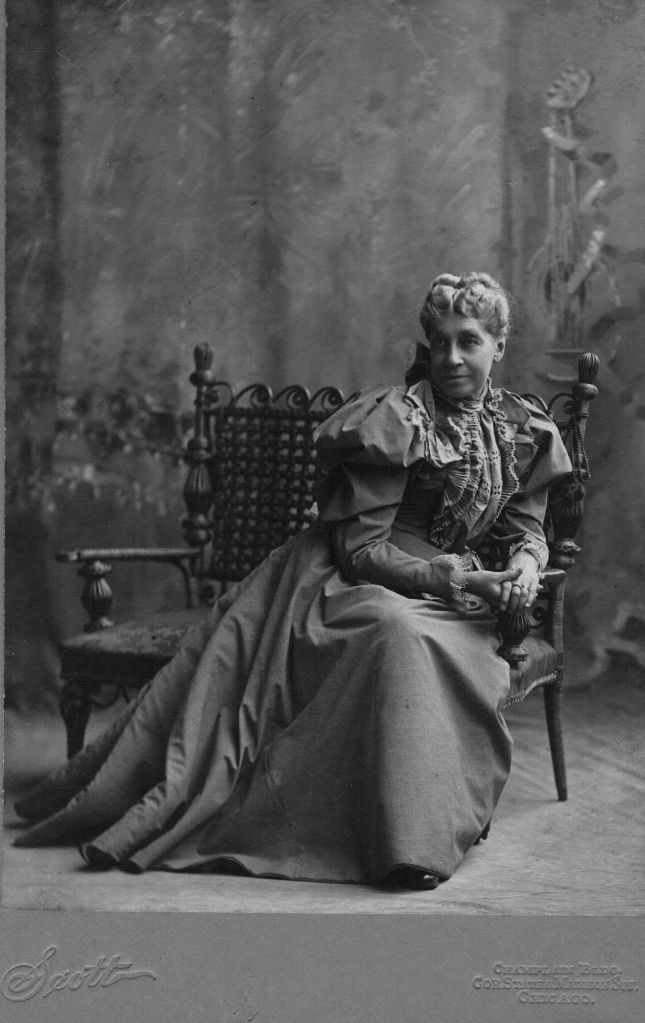
We had the letters, written by our great-great grandmother, Elizabeth Jane (E.J.) Phillips. The carefully preserved sheets of paper, still in their original envelopes, along with multiple publicity photos from her decades on the stage, made up the whole of what we knew of a long ago grandmother. Another part of her story, a quilt she began, and an essay about the quilt, was lodged with our more distant cousins.
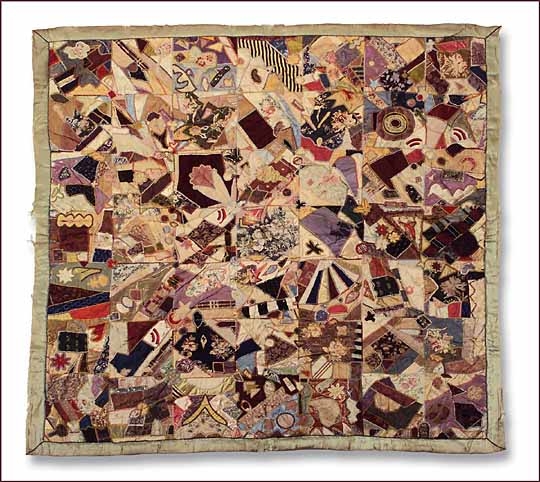
Both the quilt and multiple separate caches of letters and memorabilia had been stored in several states with various relatives who had lost touch with each other. My older sister, Mary Chitty, was handed one box (actually a Styrofoam ice chest) of these letters on her way out the door from a family visit. It would turn out to be just one of multiple caches of letters we ultimately located. She had no idea that this would be the start of what has turned into a 30+ year quest to piece together the context and events that surrounded a remarkable woman we never really knew.
Learning to read the handwriting
As the women in my family, primarily my sister and mother, worked to decipher the handwritten letters and stitched together the story of this woman who had lived in the 1800’s, a clearer picture of a remarkable person developed. Yet it was ultimately the quilt that drew our extended families back together.
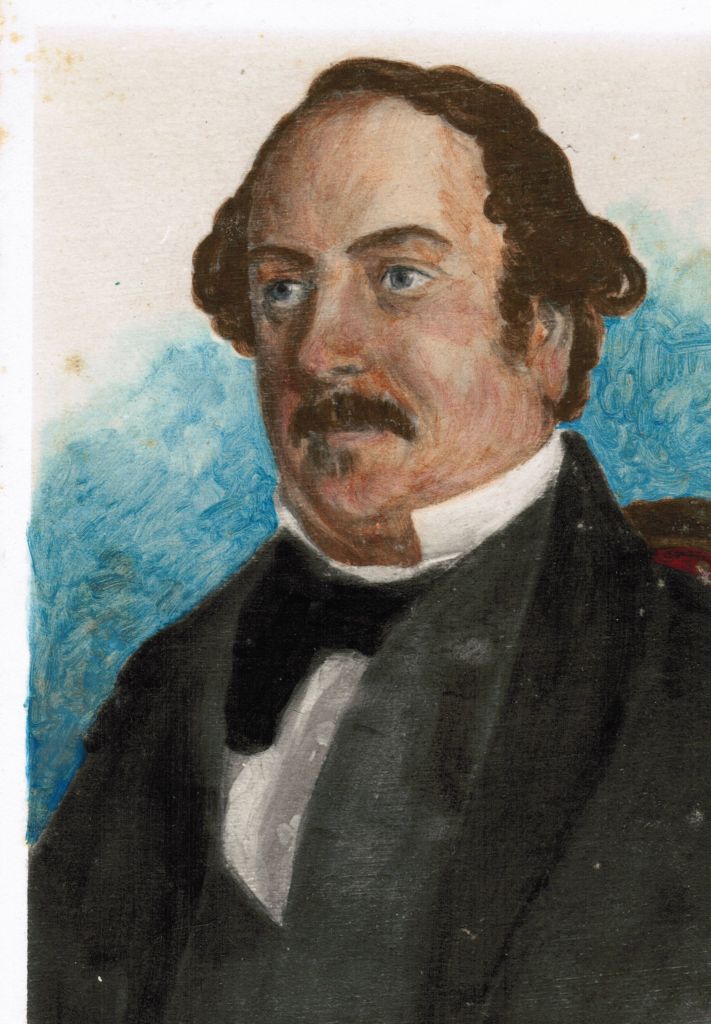
Widowed after her theater manager/director husband, John Nickinson, died in 1864, E.J. was left with two small children to support. Respectable options for women were few. The stage was what she knew and had been active in for years before being widowed. It was where she had met her husband.
On the road
Boarding her children with trusted friends, and having no family around to help her, she supported them by performing in the 1870s through the 90s on the Victorian stage. She had done Shakespeare in her early performing life, but was best known as a character actress who played old women and “heavies” in Victorian melodramas. She developed her craft in New York, California, and multiple other stages across the U.S. She reached these venues by train. Traveling and performing was a major part of her life from 1848-1904, shortly before her death. We have the letters she wrote to her adult children. Presumably she also wrote to them when they were younger but none of those communications were saved. As she traveled, she wrote to both adult children, who saved the letters and passed them down through the generations.
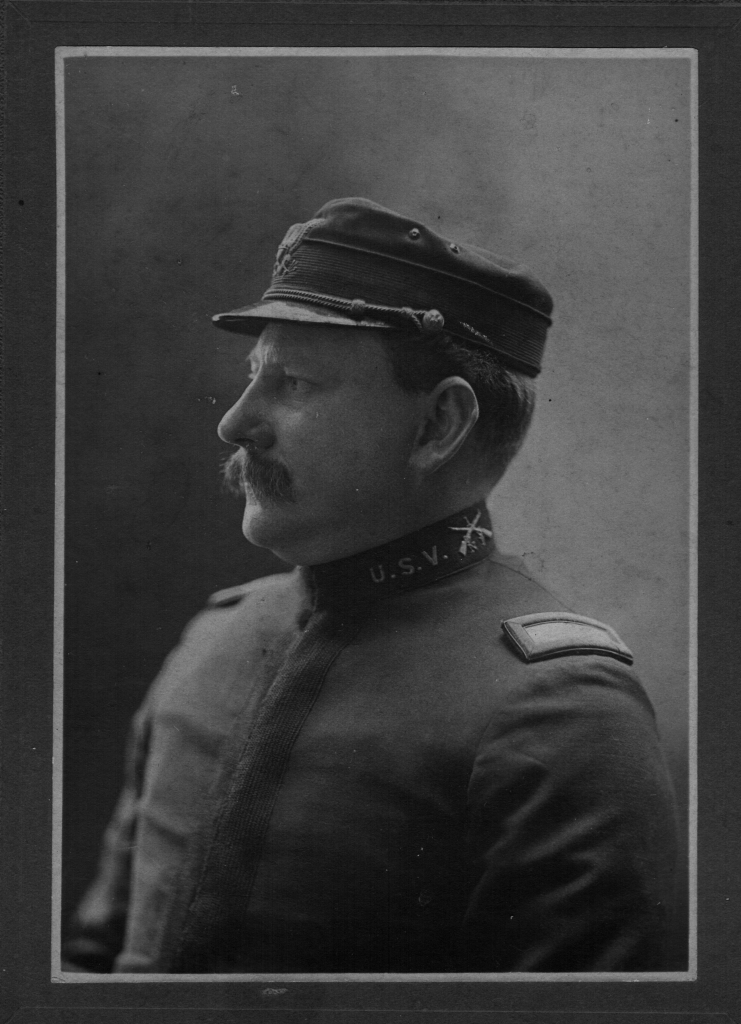
Her son, my great-grandfather Albert Edward Nickinson, had been active in amateur theater himself (and served in the Spanish -American War as a journalist). Much of his mother’s correspondence was about the plays she appeared in, her adventures while traveling, (train wrecks, baseball games, and riding a mule to the top of Pike’s Peak), and her relationships with the professional actors and others in the world of theater. Her letters show that she had a keen interest in politics, although she, like most other women, had no right to vote. Amidst her tales of all that was involved in stage life (costumes and fittings being particularly vexing) she regularly exhorted her son to put more effort into earning a living,
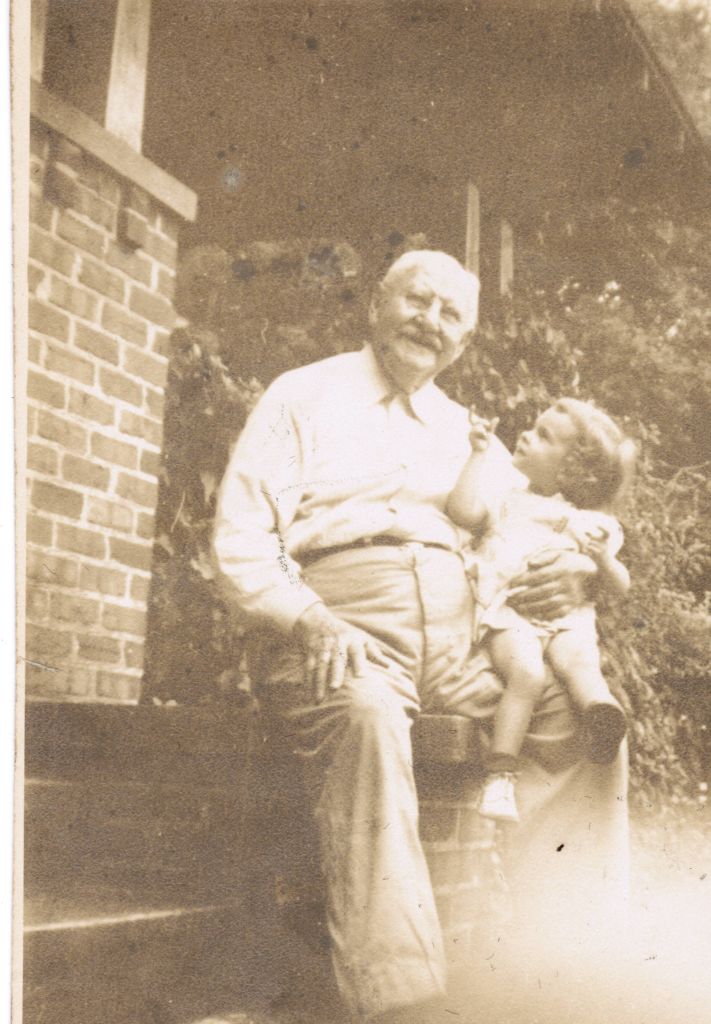
My family has descended from E.J.’s son. He was a journalist and devoted husband and father, but a recurring theme of his mother’s letters was concern for his finances. She often sent him cash to help him stay out of debt. He clearly valued his mother’s letters so much that it appears he saved possibly all that she sent to him in his adult life. From my mother’s description of her grandfather, Albert was a “dear, sweet man, with only a few teeth left when he was old.” E.J. had warned her son, among her many other maternal exhortations, about his sweet tooth, clearly to no avail.
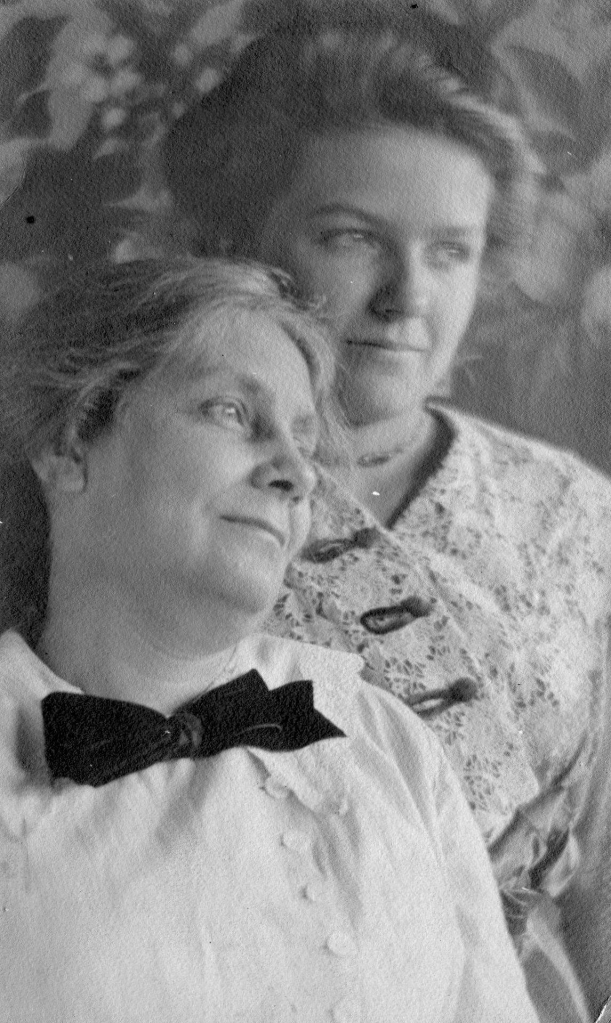
Her daughter, Hattie Nickinson Dolman, received letters that consisted primarily of domestic matters and offered little if any insight into her professional life. This was the family that possessed the quilt, but they had little else to help them understand the extent of her life on the stage.
The difference between what she wrote to her son and daughter may be explained by the fact that her daughter did not follow her mother onto the stage. She did take part in some theater productions but these were backstage roles. Her son, however, did take part in various plays, and thus possibly had more interest in her professional stage life. Either that, or he asked more questions about her travels and her life on the stage. This is a question that will likely remain unanswered since E.J. did not (could not?) save any of her son’s letters (that we know of). It is perhaps not surprising since she traveled so much. When she returned to New York City at the end of every season, she had to search out yet another apartment to reside in for the winter.
The origins of the quilt
E.J. began sewing quilt pieces (when assembled a “crazy quilt” pattern was followed) in the 1870’s during her cross-country train trips. With a train car filled with professional entertainers, she (and they passed these hours playing cards with her fellow theater troupe members, and telling stories. She spent hours writing letters, and piecing together scraps of fabric. The material she used to sew these quilt sections came from fabric taken from hers and fellow actresses’ costumes, neckties of fellow actors, and other unidentified fabrics.
The quilt my family now possesses was, in fact, pieced together in later years by her daughter, Hattie Nickinson Dolman, from the quilt blocks E.J. had sewn. A single college freshman essay, written in 1930 by E.J.’s great-granddaughter, Barbie Dolman Spencer, gave us clues to the origin of many of the sections of the quilt. Hattie was able to explain to her granddaughter which plays E.J. had performed in and in which costumes. Barbie’s essay [written for a freshman English class at the University of Pennsylvania] notes that “very few of these [fabrics] show any sign of wear.”
Once we reconnected with Hattie’s (E.J.’s daughter’s) descendants who had had the quilt, they generously offered to share it (and the essay). With both the quilt and essay in hand, my sister and I pored over the fabrics that were incorporated into this piece of cloth art. We were detectives, scanning the quilt surface for pieces that coincided with the descriptions provided.
At first sight, we were struck by the bright colors and the wonderful silks and brocades. Finding a “match,” my sister and I would applaud, then look back, essay in hand, seeking another tantalizing connection to this great-great grandmother we were growing to feel we knew. Because of the limits of photography at the time, sepia-tone photos were the norm While we have many photographs of this resourceful woman, the quilt opened my eyes to the myriad hues of her costumes, some of which she described in her letters that my mother had transcribed.
Given as a high school graduation gift to E.J.’s great-grand daughter, the quilt has again been passed on, entrusted now to my family. What a treasured piece of the remarkable puzzle of this woman who found herself alone with two children in 1864 when the country was still at war. Her photos, stage mementos, and letters to her son, my great-grandfather, fill boxes in my sister’s house. The crazy quilt, containing squares Phillips sewed as she travelled, is now carefully stored in my sister’s home, as well.
E.J.’s letters are remarkable to hold, her often shaky writing telegraphing the ruggedness of cross-country train travel in the 1877-1896. It was, however, her quilt that transported me back to her stage descriptions, as I examined the silks, satins, and brocades she had worn in the plays she performed in.
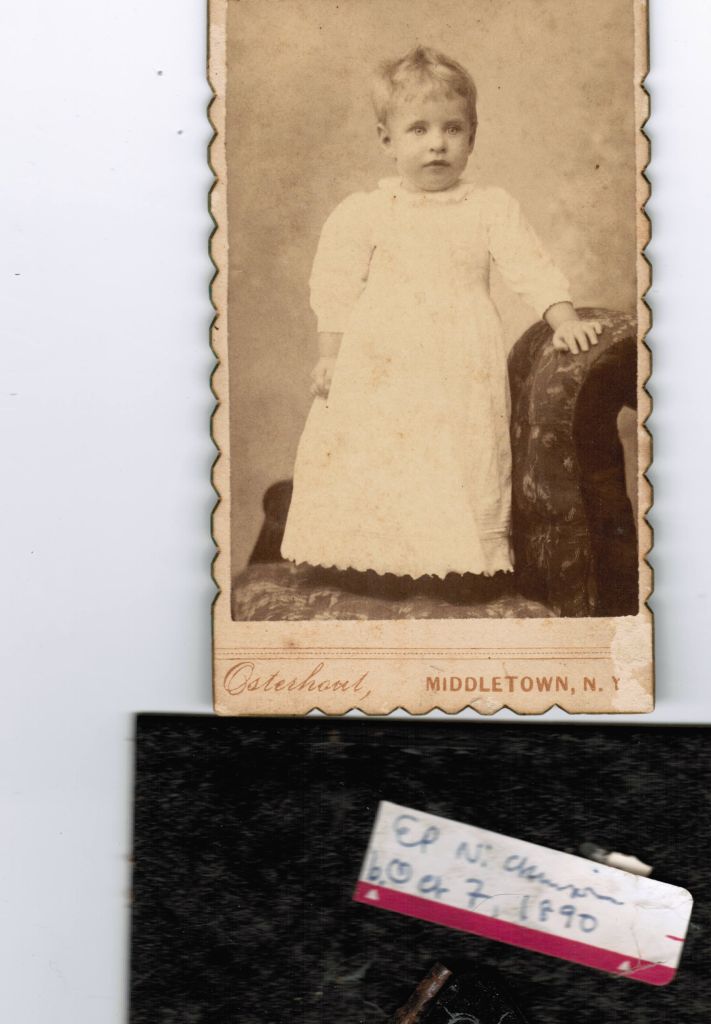
Her letters to Albert Edward provide us with details of her feelings about performing, worries about money, as well as delight in his wedding plans. She expressed her fond feelings toward his wife, and later the birth of her grandson, my grandfather. What a sweet gift it was to read her description of the grandfather I never knew (he died before I was born) as her “Little ray of sunshine.”
That E.J. not only survived, but thrived, and continued to be remarkably maternal even as she was determined to succeed in her career has been an inspiration to me. At the time we began learning about her life I saw striking similarities between her life and my own. I too raised my children as a single parent. I was a professional storyteller for many years and thought I was one of the few in our family who enjoyed performing. Having felt quite alone for many years in those circumstances, it was gratifying to learn of this strong woman in my family, who, like me, loved taking the stage. This newly discovered kinship brought affirmation of the value of my work at a time when comfort was in short supply.
Through EJ’s letters, her quilt, and the vast amount of research my sister has done over many years, a portrait has emerged of a woman who spent her life juggling passions as a mother and as an actress. Her stage work was something she took great pride in. As with any of us who juggle work and family, there were times in her life that were terribly complicated and worrisome. Knowing a rather large number of her descendants, I wish I could let her know that while life has not always been easy for us, a strong bond of love endures. Her efforts, including the simple task of putting needle to cloth, have endured.
Marjorie
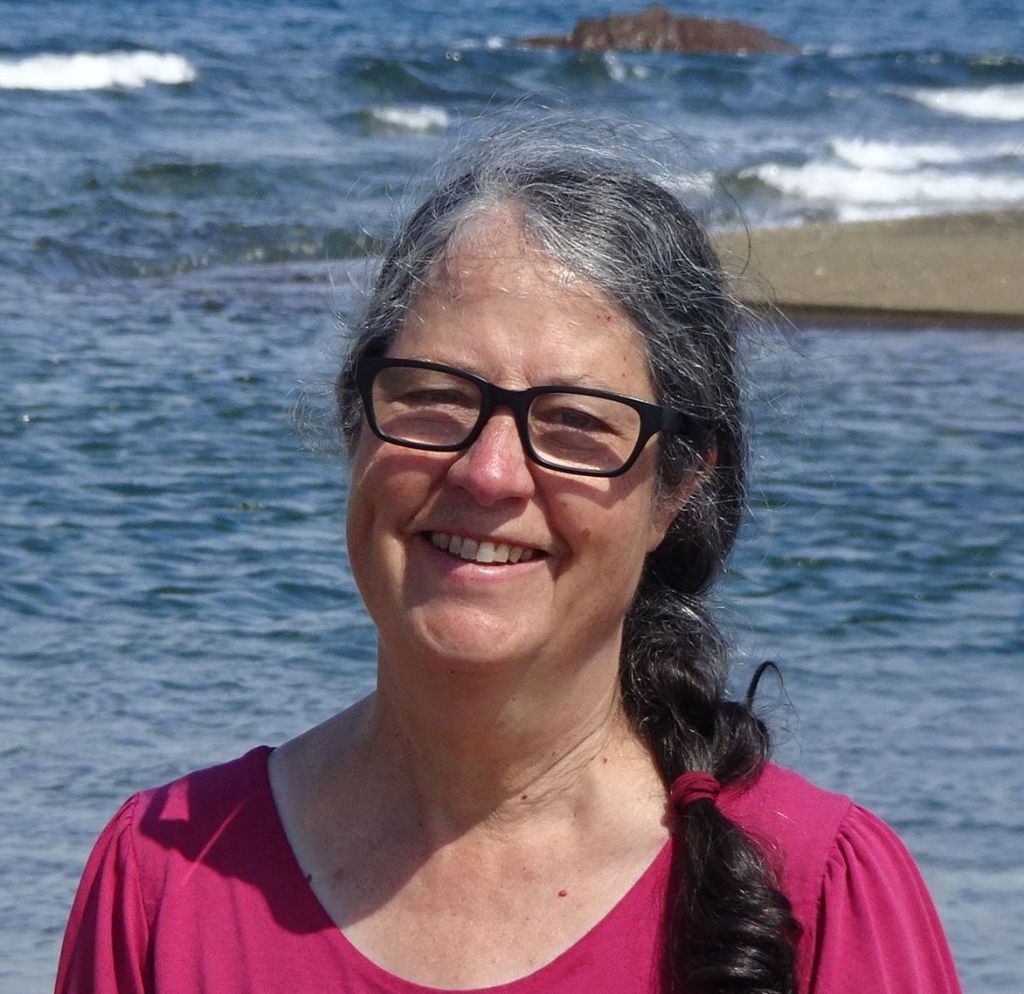
Marjorie Turner Hollman is a writer who loves the outdoors, and is the author of Easy Walks in Massachusetts, 2nd edition, More Easy Walks in Massachusetts, 2nd edition, Easy Walks and Paddles in the Ten Mile River Watershed, Easy Walks South of Boston and Finding Easy Walks Wherever You Are. Her memoir, the backstory of Easy Walks, is My Liturgy of Easy Walks: Reclaiming hope in a world turned upside down.

This story is so intriguing, and it’s lovely that you have letters and newspaper articles and the quilt!!
It has been a labor of love, from the 1000+ letters we have to the quilt and essay that was shared, not to mention the large quantifies of stage memorabilia that was included with all the letters.
Great to read about this remarkable woman. Thank you!
Thanks for reading. MG is the researcher, this was more impressions and connections.
I loved reading this one. How fun to uncover bits and pieces of a family member’s life, while seeing overlap with your own! I had no idea you’d been a professional storyteller. Would love to learn more about that.
My mom is a musician and was an actress, so I grew up with a parent who also loved performing!
Jill
We need to schedule another chat when you find time. Happy to tell you about the storytelling world. I have loads of books about it I would be glad to pass some of them on.
I’d love to read more about the search for E.J. Phillips but the link takes me to Easy Walks. Am I doing something incorrectly?
Joyce Hollman
I will send you a direct link
Marjorie,
What a wonderful story. A nice read this dreary morning with my morning coffee.
Thanks for reading! What I did not bring in is that EJ was Canadian, born in Hamilton, Ontario. She spent most of her adult life in the U.S.
Actually, E J Phillips was born in Chatham Quebec, but grew up in Hamilton, Ontario. We are still figuring out how to provide background context. More at Mary Glen’s website https://www.maryglenchitty.com/ejp.htm